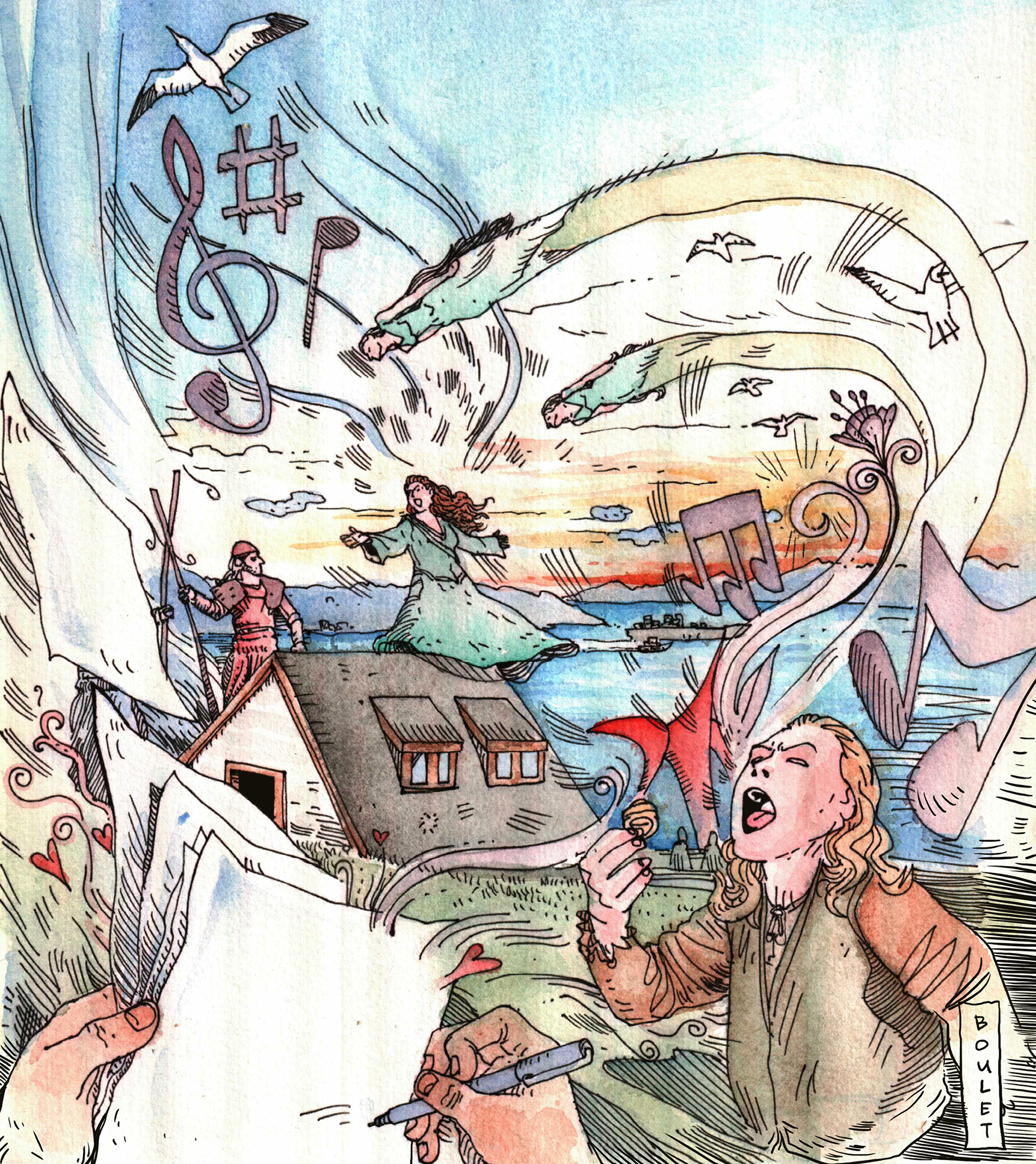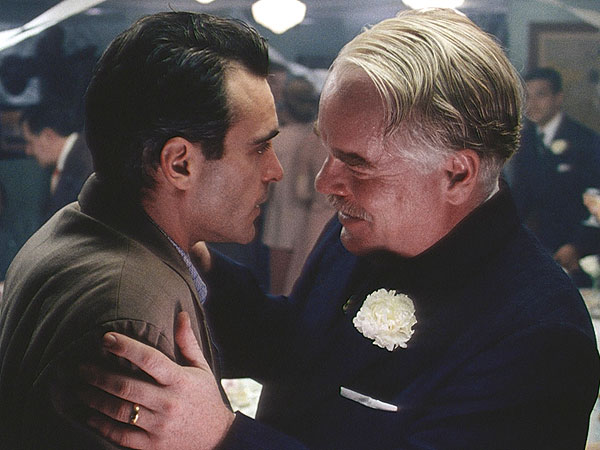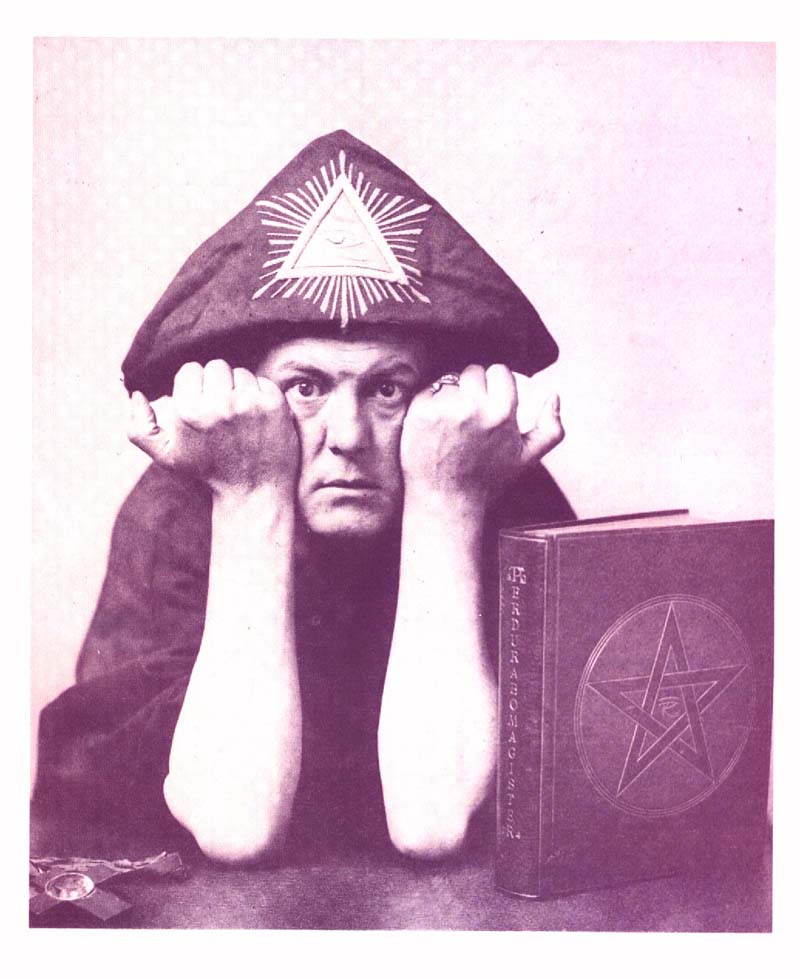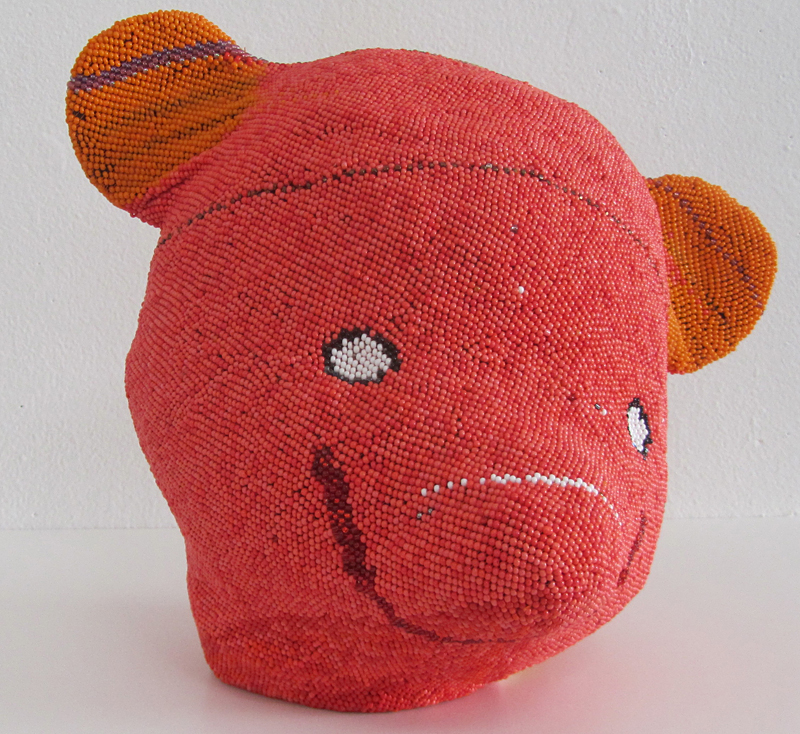WEDNESDAY 2/15
Books: Profit in Pink
“Girl power” has never looked more different and . . . well, more pink than it does today. Building on her much-discussed 2006 New York Times essay, Peggy Orenstein examines the phenomenon of starter makeup and Disney Princesses in Cinderella Ate My Daughter: Dispatches From the Front Lines of the New Girlie-Girl Culture (Harper, $25.99). Journeying from Toys “R” Us to Club Libby Lu, she also charts the evolution of first-, second-, and third-wave feminism. While following the transition from play-clothing pastels to sexualized hot pinks (with designer labels), Orenstein finds a world defined by consumerism. This leads to a dilemma: In rejecting Princess dolls, is a mother rejecting the idea that “It’s OK to be a girl?” Either way, to women whose own mothers fought sexism and broke glass ceilings, this retro obsession with the ultra-feminine induces a cringe. You don’t need to be a parent to appreciate Orenstein’s frank admissions and often startling discoveries. Did you know there are 25,000 different Disney Princess products in existence today? Or that the line is a $4 billion annual business? Barbie was just a toy, but pink is an industry. Town Hall, 1119 Eighth Ave., 652-4255, townhallseattle.org. $5. 7:30 p.m. JEVA LANGE
Design: Letter-Perfect
Look very carefully, and you may be able to discern that this sentence is printed in a traditional Roman font called Alternative HTF2, 8.75 points in size. The headline immediately above unexpectedly shifts to a larger, 18-point, sans-serif Antenna Condensed Bold. The abbreviated day (wed) reverts to a chunky 26-point Roman font (Salvo Serif Black), but with a sassy lower-case twist, in the same font family as the large “Weekly Wire” banner head up top. All of which Jean François Porchez could discern at a glance, since he’s (honorary) president of the Association Typographique Internationale. He’s designed clear, easy-to-read signage for the Paris Métro, the fonts for Le Monde, and custom typefaces for Beyoncé (she can afford him; we can’t). In a curious corollary to our information age, with so many screens and portable devices to read, lettering has never been more prevalent or diverse. As office workers, it seems, all we do is read. This places a unique burden on Porchez and his peers: They must somehow make all that clutter clear, render all the stories and tweets and texts and ads more cleanly amid the constantly expanding flow of verbiage. We all know what it’s like to be lost inside a bad website or subway station, where your path to value is impeded and misdirected. Porchez will speak tonight about how good design leads the eye, pleases the eye, and helps navigate our way toward meaning. Kane Hall (University of Washington campus), 543-2280, henryart.org. Free. 7 p.m. BRIAN MILLER
THURSDAY 2/16
Comedy: Racy Humor
Comedy shouldn’t bother with barriers, and New York comedienne Amy Schumer certainly doesn’t hold much back. At Bumbershoot last year, she shoved her microphone in my boyfriend’s face and asked him, “What’s your least favorite race?” (He was rendered speechless; I would’ve said “the marathon.”) After appearing on NBC’s Last Comic Standing, Schumer made television history of sorts by becoming the first woman to perform stand-up on the Jimmy Fallon and Ellen DeGeneres shows. She’s also played guest parts on 30 Rock and Curb Your Enthusiasm. Schumer recently tweeted, “The hardest part about being a female comedian is being asked if it’s hard.” She finds an admirable balance between being feminine and funny: She recently posed for Cosmopolitan wrapped in a bedsheet with smudgy mascara and bed head, but the image was for her article “How to Win a Guy Over—How to Get Laid.” Her advice included tips like “Let him know that you don’t swallow because of your nut allergy.” More recently, at a Comedy Central roast for Charlie Sheen, she deadpanned, “Banging you is on my bucket list. That’s a list of guys I would bang if they agree to wear a bucket over their head.” (Through Sat.) The Parlor Collection, 700 Bellevue Way N.E., Bellevue, 425-289-7000, parlorlive.com. $15–$25. 7:30 p.m. ERIN K. THOMPSON
FRIDAY 2/17
Film: Kaboom! and Nothingness
Taken from a novel that Hitch himself wanted to adapt, Henri-Georges Clouzot‘s The Wages of Fear was the Euro smash of 1953. Set in an unidentified country that suggests Venezuela, the godforsaken pueblo of Las Piedras is an ugly, buzzard-ridden dump populated by beggars, urchins, and cynical soldiers of fortune who amuse themselves with spitting contests in a sleazy cantina. The town is totally controlled by an American petroleum conglomerate, but the reigning prince is the layabout Mario (Yves Montand, with carefully knotted bandanna and a cigarette wedged in the corner of his mouth). Mario and three others are hired to drive two truckloads of nitroglycerin across 300 miles of winding, mountainous, badly paved roads. This suicidal drive is the ultimate test of macho, and Mario is scared that he won’t measure up—every bump in the road a potential conflagration. What sets The Wages of Fear apart is its outrageous premise and the full-blown delirium of its pop existentialism. No movie before Shoah is more immersed in questions of being and nothingness—or more literal-minded. Reveling in the pure angst of its basic situation, featuring characters who can be vaporized at any moment, the film dramatizes every major existential trope. The Wages of Fear is no less a representation of nuclear anxiety than Godzilla or On the Beach. (Through Thurs.) SIFF Film Center, 305 Harrison St. (Seattle Center), 324-9996, siff.net. $5–$10. Call for showtimes. J. HOBERMAN
SUNDAY 2/19
Comedy: Funny by Either Name
Is it Jeff or Jeffrey? In his regular celebrity roasts on Comedy Central, we’ve known the comic as Jeffrey Ross. But if he prefers the shorter, punchier iteration for his Jeff Ross Roasts America tour, who are we to argue? He’s funny by either moniker, especially when trashing figures like Donald Trump and Charlie Sheen. And lately Ross has been expanding his humor to topics as much as people—not a bad idea, since you can only climb so far down the celebrity ladder until you run out of rungs. (Sample, while roasting David Hasselhoff: “What are the odds an alcoholic gets cast in a show about a car that drives itself?”) In fact, to demonstrate his new political engagement, Ross visited the Occupy L.A. protesters last fall to roast Wall Street. “I’ve never been in the 99th percentile of anything,” he marveled at the motley throng. “Is this a protest or a Phish concert?” And though he praised the cause and claimed solidarity with its free-speech rights (because, he noted, “I talk shit for a living”), he couldn’t resist tweaking his audience a little bit. “As a Jew,” he said, “it’s particularly hard for me not to side with the banks.” The Neptune, 1303 N.E. 45th St., 877-784-4849, stgpresents.org. $26. 7:30 p.m. BRIAN MILLER
Film: Cross-Purposes
In premise, plotting, and style, Alison Bagnall‘s The Dish and the Spoon would seem like just another mumble-stumble down micro-indie lane. Averting makeup and employment, boho goddess Greta Gerwig tentatively inhabits a beach house off-season, while the camera, as well as the action it records, has that telltale unsteadiness. But things turn less predictable when a pretty wee English teen (Olly Alexander) shows up and quietly falls for Gerwig’s Rose, pushing the film’s ambiguities away from affect and into inherently sketchy truths. Distraught over her unfaithful husband, Rose is first seen driving to the Delaware coast in her pajamas. Boozily scooping up a shivering hipster boy on the beach, she decamps to her parents’ vacation house and plots revenge on her husband’s yoga-instructor paramour. Dressing boorish Gerwig in baggy outerwear and dainty Alexander in Wes Anderson– worthy undersized sweaters and high-waters, Bagnall marvelously exploits both Gerwig and Alexander’s gender dexterity. A scene of actual drag literalizes things, but for a purpose: It reveals the cruelty in Rose’s slumming role-play and the unrequited desire behind the little boy’s mascara. Bagnall will attend the screenings. (The film plays as part of the American. Film. Week. series, with six other features running Fri.–Thurs.) Northwest Film Forum, 1515 12th Ave., 267-5380, nwfilmforum.org. $6–$9 (individual), $40–$60 (series). 8 p.m. ERIC HYNES
TUESDAY 2/21
Books: Way, Way Outside the Key
It’s a rite of passage for the male journalistic elite to write at length about sports (see: Remnick, David). Add to the ledger Brave Dragons: A Chinese Basketball Team, an American Coach, and Two Cultures Clashing (Knopf, $26.95), in which New York Times Pulitzer winner Jim Yardley follows Shanxi’s struggling CBA squad for the entire 2008–09 season. At the center of Yardley’s story is one Bob Weiss, who both played for and coached the dearly departed Seattle SuperSonics. (He’s also expected at tonight’s event.) Shanxi is a small market trying to compete against titans like the Shanghai Sharks (owned by recently retired NBA star Yao Ming) and the Beijing Ducks, where Stephon Marbury has found unlikely redemption. Yardley explains how most squads are limited to two American players, some paid more than $2 million per season, none speaking Mandarin, and all living separately from their teammates in luxury hotels. Yet since NBA games were first broadcast in China, making Michael Jordan an idol in that country, the sport’s popularity has soared. We also learn that it has a 100-year history in China, since American missionaries brought it with them. And another fun fact: Yardley’s brother, Bill, is the NYT‘s Seattle bureau chief. So if Brave Dragons is to resonate anywhere outside China, it should here. And if we ever get our Sonics back, in a new SoDo facility, maybe there will be a Chinese player good enough to be drafted to the squad. Seattle Central Library, 1000 Fourth Ave., 386-4636, spl.org. Free. 7 p.m. MIKE SEELY








